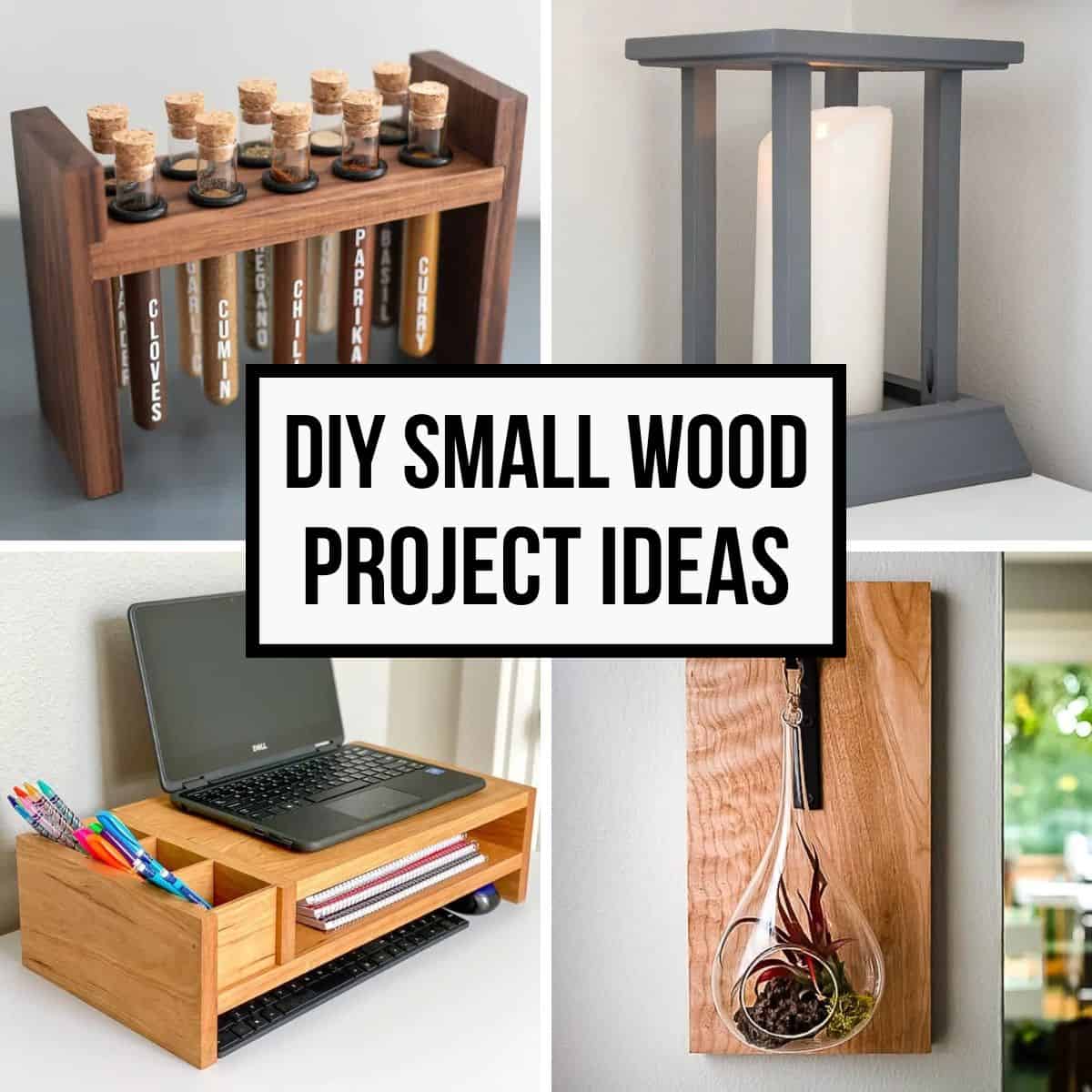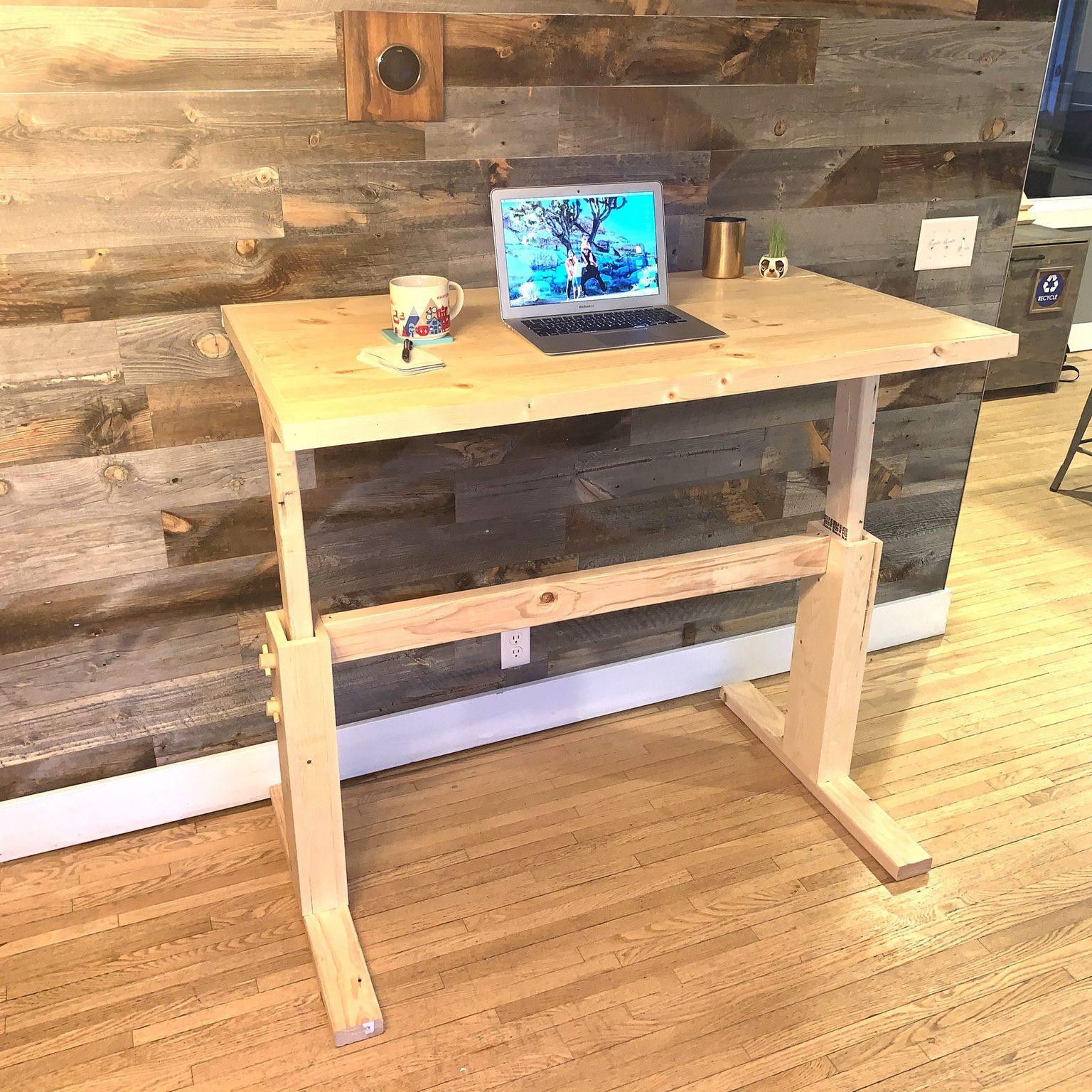

1. Desk & Storage Solutions:
Floating Desk: Create a sleek and space-saving desk by attaching a sturdy wood plank to the wall. Add shelves or drawers underneath for storage.
DIY Desk Organizer: Build a custom organizer with compartments and drawers to hold your pens, pencils, stationery, and other office essentials.
File Cabinet: Construct a simple yet functional file cabinet from plywood and drawer slides. Customize with paint or stain for a personalized touch.
Adjustable Shelf Unit: Build a customizable shelf unit using wood dowels and shelves. This allows you to adjust the height and configuration to fit your needs.
2. Comfort & Inspiration:
Standing Desk Converter: Upcycle old furniture into a standing desk converter using plywood, legs, and casters.
Wall-Mounted Shelves: Create floating shelves to display decorative items, books, or plants.
Personalized Picture Frame: Frame a motivational quote or a photo that inspires you with a DIY frame made from wood.
Plant Stand: Design a unique plant stand to bring some greenery and life to your workspace.
3. Organization & Functionality:
Magnetic Strip for Tools: Create a magnetic strip for your tools and office supplies using a wooden plank and magnets.
Cable Management System: Build a cable management system from wood to keep your cords organized and out of sight.
Task Lighting: Make a stylish and functional task lamp from wood, a lightbulb, and a lampshade.
Bulletin Board: Construct a custom bulletin board using plywood and cork tiles to display important notes and reminders.
4. Add-ons & Extra Touches:
Chair Mat: Protect your floors and make moving your chair easier with a DIY chair mat made from wood.
Coat Rack: Build a coat rack with hooks to keep your jackets and bags organized.
Desk Organizer: Create a desk organizer with a variety of compartments for your stationery, pens, and other office supplies.
Tips for Success:
Plan ahead: Draw detailed plans and measure carefully before starting.
Use quality materials: Invest in quality wood and hardware for a sturdy and long-lasting project.
Start with simple projects: Build confidence with easier projects before tackling more complex ones.
Don't be afraid to personalize: Add your own style and preferences to each project.
Practice safety: Always wear safety glasses and follow proper woodworking techniques.
With a little creativity and some DIY woodworking skills, you can transform your home office into a functional and stylish workspace that you'll love.








